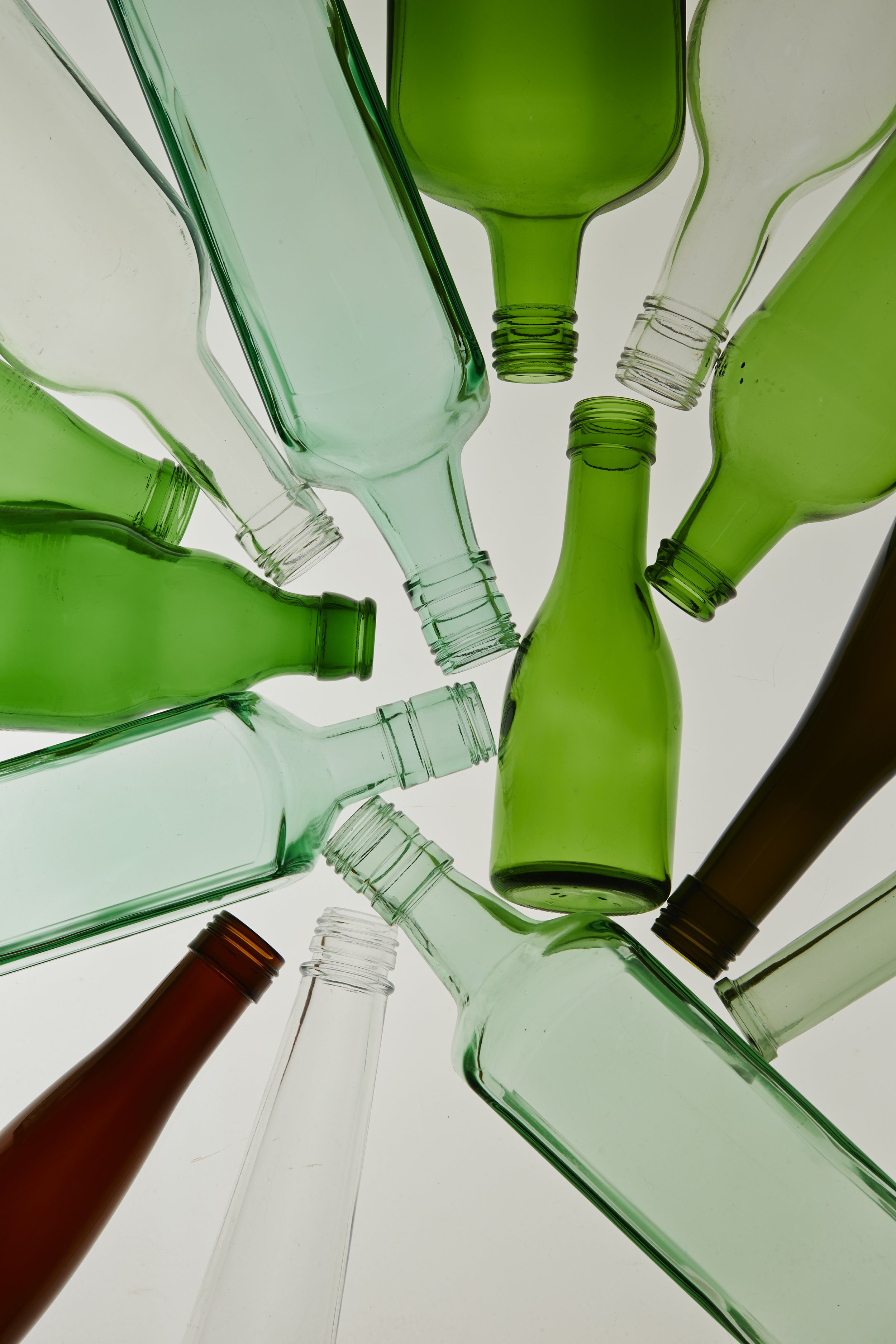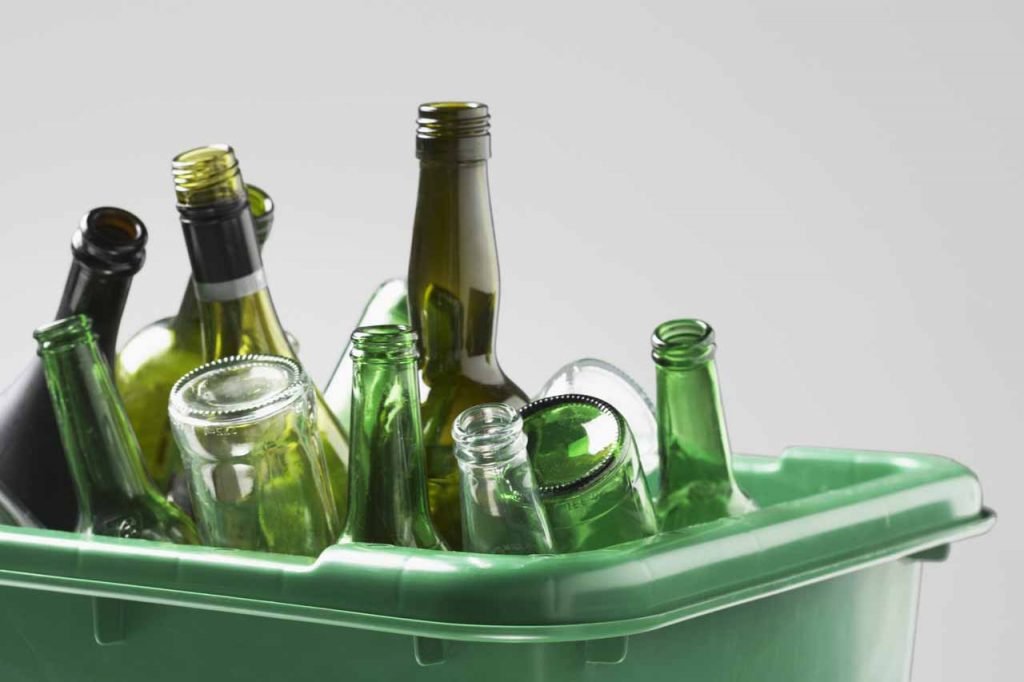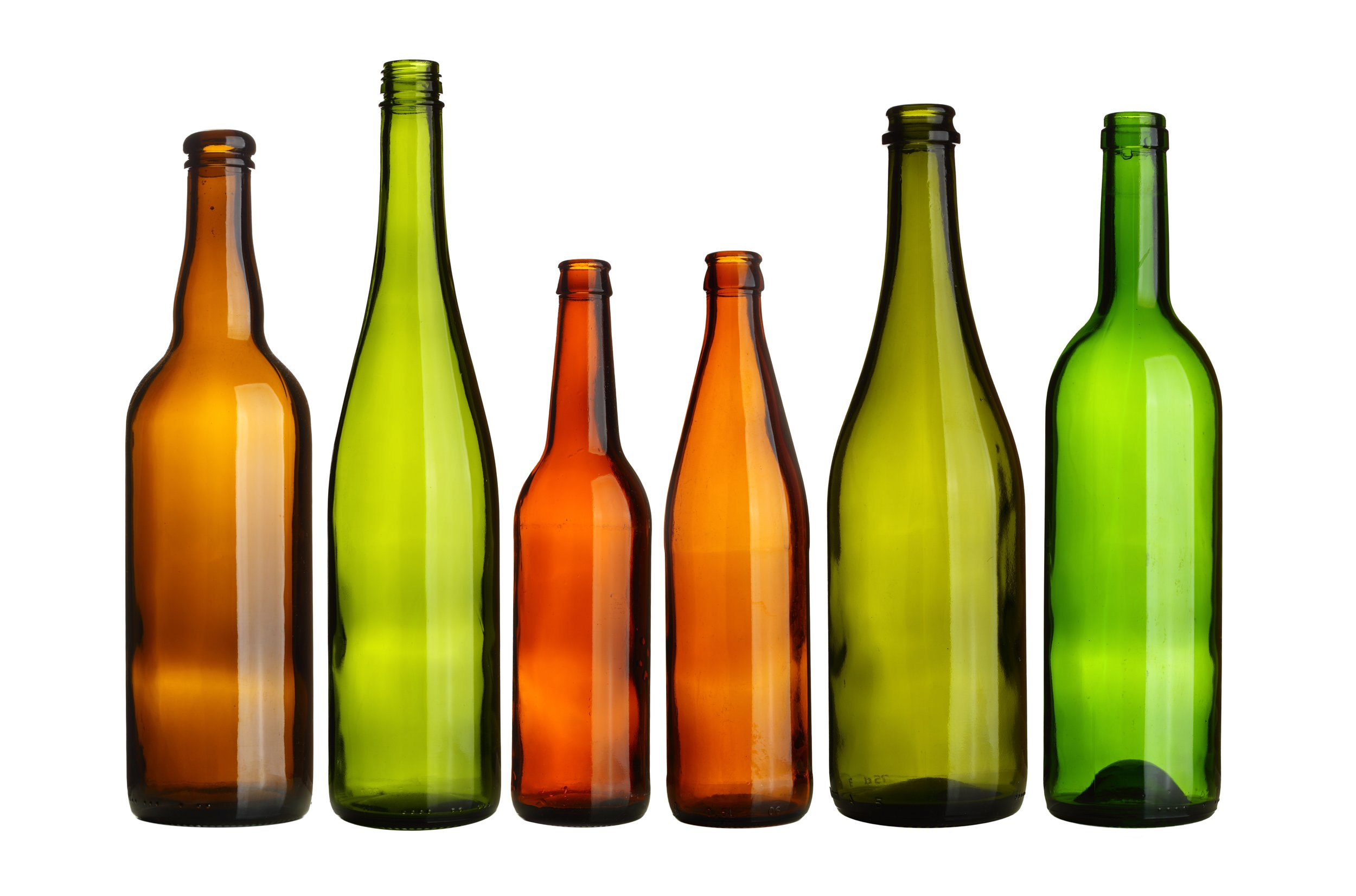
Research

2023 GRC Glass Survey
The fourth annual survey, administered by RRS, queried more than 260 recycling coordinators, solid waste staff, material recovery facility operators, glass processors, and brand and manufacturer representatives.

2020 GRC Glass Survey
Ninety percent of residents and consumers still expect to be able to recycle glass, according to members of the recycling value chain. The third annual survey by the Glass Recycling Coalition (GRC), released at the GRC Fall 2020 Member Meeting, queried more than 200 municipal officials, top glass industry professionals, and materials recovery facility (MRF) operators in an open survey from August to September 2020.

2019 SPC Design for Recycled Content Guide
Recycling is the most prevalent recovery pathway for packaging, and in order to ensure that packaging is effectively recycled, the packaging community must engage on two critical fronts: designing packaging in such a way that it flows optimally through the recycling system, and supporting end markets for the recycled content created by that system.

2018 Hinkley Center Contamination in Single Stream System Due to Glass and Non-Recyclables
NERC contacted 91 MRFs in the northeast region from Maryland to Maine and heard back from 49%. While the survey results are illustrative, they can
Assessment and Evaluation of Contamination in Single Stream Recycling Systems Due to Broken Glass and Other Non-recyclables. In glass recycling, the efficiency of the Glass Breaker Screen was found to be 95 percent; however, the sort results indicated that the screen failed to separate grit, fines and sweepings from glass cullet. The acceptable rate of mixed glass was only 70 percent despite the high level of efficiency or the processing techniques. Here, efforts could be shaped to decrease the amount of grit, fines and sweepings in the inbound stream.not quite be called representative of the entire region — a fact NERC acknowledges early in the survey results.

2018 NERC MRF Study
NERC contacted 91 MRFs in the northeast region from Maryland to Maine and heard back from 49%. While the survey results are illustrative, they cannot quite be called representative of the entire region — a fact NERC acknowledges early in the survey results.

2018 GRC Glass Recycling Survey
Ninety-three percent of residents and consumers still expect to be able to recycle glass, according to members of the recycling value chain. The 2nd annual survey by the Glass Recycling Coalition (GRC) queried more than 300 public-sector representatives, top glass industry professionals, and material recovery facility (MRF) operators in an open survey from May to June 2018. The survey also revealed important differences in perceptions, trends and concerns among these groups.

2017 GRC Glass Recycling Survey
Ninety-six percent of residents and consumers expect to be able to recycle glass, according a survey conducted by the Glass Recycling Coalition (GRC) of more than 250 public sector representatives, glass industry professionals and material recovery facility (MRF) representatives. The survey results, released at the Resource Recycling Conference in Minneapolis, found that the top priorities among public sector respondents for recycling programs are fulfilling resident satisfaction, meeting sustainability goals and reducing contamination.

2016 AROW Research Study
Successful glass recycling programs depend upon strong and diverse end-markets. The availability and economics of each potential end market are in turn dictated by MRF size and technology, location (transportation) and collection system (mixed, source separated). While there are regulatory recommendations, supply and demand within the free market system, along with quality, will dominate glass recycling into the foreseeable future.

2017 ISRI MRF Specification
MRF Glass consists of crushed or whole scrap Flint (clear), Amber (brown), and Green (emerald) container/bottle glass made from soda-lime-silica. These standards and practices apply to 3-color mixed glass for purchase or sale in the United States and Canada. Transactions covering shipments to or from other countries may also be in accordance with these standards and practices and may be modified by mutual agreement between buyer and seller. These specifications are guidelines for buying and selling MRF glass and are always subject to the buyer and seller’s agreement. It is recognized that MRF Glass may be mixed with other materials as a result of recycling collection convenience and efficiency, and that quality levels and pricing varies widely based on the amount of contamination mixed in with the glass.

2017 GRC Glass Recycling Decision Making Tool
The Glass Recycling Coalition (GRC) is pleased to announce the release of an online decision-making tool to help recycling program managers evaluate or optimize their glass recycling programs. Developed with the help of GRC members and guidance from the GRC’s Government Advisory Council, the decision-making tool is equipped with best practices, interactive data, contract considerations and more

2017 Closed Loop Partners Study
Closed Loop Foundation studied the ROI of investing in glass clean-up systems at MRFs and found that an investment at a MRF could yield higher value commodities and significant savings for the entire system. The report is accompanied by a calculator tool to help MRFs determine their own ROI.
